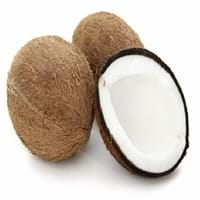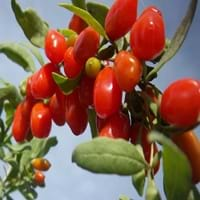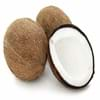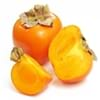Health Benefits
Acidity treatment, Acts as natural antibiotic, Anti-oxidant properties, Aphonia treatment
Anti-oxidant properties, Eye care, Helps in cartilage regeneration, Regulates Blood Sugar, Treatment of osteoarthritis
General Benefits
Anti-inflammatory properties, Body hydration, Boosts immune system, Controls blood sugar levels, Digestive aid, Fights against infections, Flu treatment, Healing of wounds, Helps in weight loss, Maintains healthy cholesterol level
Boosts immune system, Digestive aid
Skin Benefits
Anti-aging benefits, Heals sunburn, Hydrates skin, Reduces wrinkles, Skin rejuvenation, Skin revitalization, Treatment of skin diseases
Anti-aging benefits, Reduces wrinkles, Treatment of skin diseases
Hair Benefits
Promotes longer and healthier hair, Regulates hair growth, Rejuvenates scalp, Shiny hair, Treatment of dandruff
Protects hair, Regulates hair growth
Allergy Symptoms
Abdominal pains, Breathing difficulty, Itching in tongue and other parts of mouth, Nasal congestion, Nausea, Runny nose, Vomiting
Anaphylaxis, Itching, Sneezing, Wheezing
Side Effects
Allergic reaction, Indigestion, Weight gain
May interact with some drugs
Best Time to Eat
Along with meal, Best if taken as a breakfast (or empty stomach), As a snack in the late afternoon, Morning time (before lunch)
Any time except an hour after meal, Don't consume at night and before bed
Vitamin B5 (Pantothenic Acid)
Vitamin C (Ascorbic Acid)
Vitamin K (Phyllochinone)
Calories in Fresh Fruit with Peel
Not Available
Calories in Fresh Fruit without Peel
Not Available
Calories in Frozen Form
Not Available
Calories in Canned Form
Not Available
Type
Tree fruit, Tropical
Berry
Season
All seasons
Autumn
Varieties
Tall Varieties- West Coast Tall, Laccadiv Micro, Andaman Ordinary, Fiji, Kappadam, San Ramon, Philippines, Spicate, and Pratap. Dwarf Varieties- Chowghat Orange Dwarf (COD) and Chowghat Green Dwarf (CGD)
No Types
Color
Brown, Green
Scarlet red
Inside Color
White
Orange
Taste
Juicy, Sweetish
Slightly bitter, Tart
Origin
America, India
Unknown
Soil Type
Clay, Sand
Well-drained
Climatic Conditions
Hot, Humid
Cold, Hot
Facts about
- Burning coconut's husk helps repel mosquitoes.
- Surveys say that falling coconut kills hundreds every year.
- Coconut water is used as a substitute Blood Plasma & is called "father of modern tissue culture science".
- Study says a man named Li Qing Yuen used to eat goji berries daily and lived for 252 years.
- They are also known as wolfberries in India & China.
- This fruit is used for spiritual purposes at many places.
Top Producer
Indonesia
China
Other Countries
Brazil, India, Philippines, Sri Lanka
Canada, France, India, United States of America
Top Importer
United States of America
United States of America
Top Exporter
Philippines
China
Botanical Name
Cocos nucifera
Lycium barbarum
Synonym
Not Available
Wolfberry
Subkingdom
Tracheobionta
Tracheobionta
Division
Magnoliophyta
Unknown
Subclass
Arecidae
Asteridae
Family
Arecaceae
Solanaceae
Species
C. nucifera
L. barbarum
Generic Group
Arecaceae
Not Available
Difference Between Coconut and Gojiberry
We might think that Coconut and Gojiberry are similar with respect to nutritional value and health benefits. But the nutrient content of both fruits is different. Coconut and Gojiberry Facts such as their taste, shape, color, and size are also distinct. The difference between Coconut and Gojiberry is explained here.
The amount of calories in 100 gm of fresh Coconut and Gojiberry with peel is Not Available and 32.00 kcal and the amount of calories without peel is 354.00 kcal and Not Available respectively. Thus, Coconut and Gojiberry belong to and category.These fruits might or might not differ with respect to their scientific classification. The order of Coconut and Gojiberry is Arecales and Solanales respectively. Coconut belongs to Arecaceae family and Gojiberry belongs to Solanaceae family. Coconut belongs to Cocos genus of C. nucifera species and Gojiberry belongs to Lycium genus of L. barbarum species. Beings plants, both fruits belong to Plantae Kingdom.









